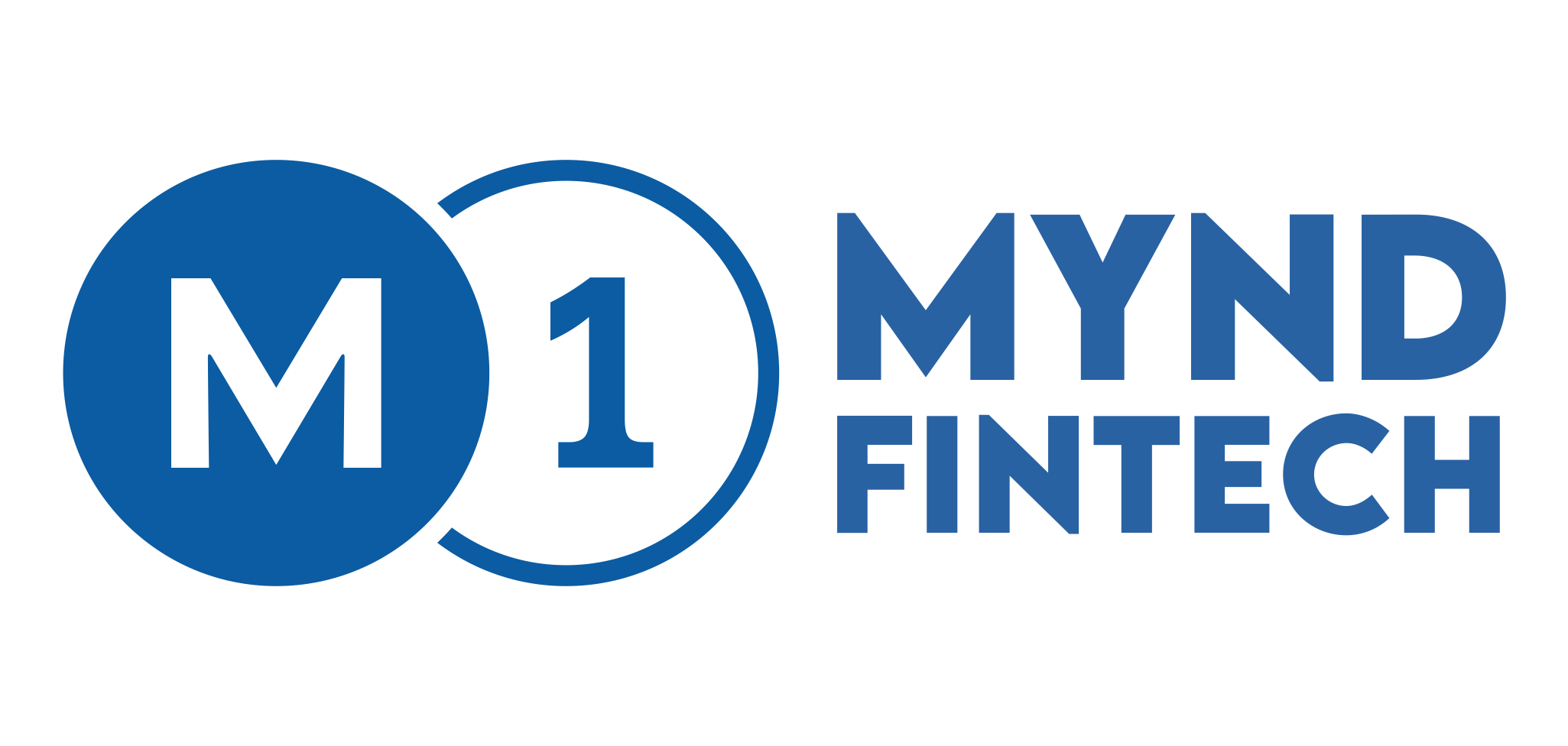A business needs some capital to buy land, machinery, and other assets. This capital is called fixed capital. However, once a business starts production, it needs some capital to support its day to day activities. These activities are very critical to ensure the smooth working of the business. The funds required to meet these requirements is referred to as Working Capital.
What is a Working capital Loan?
To ensure regular production, a business needs a steady supply of raw materials, pay salaries to their employees, pay for utilities, and keep provision for incidental expenses. Businesses often do not have enough cash in hand or liquidity to meet these requirements.
In such cases, the business may take a loan from banks or NBFCs to support their daily needs. Such a loan is called a Working Capital loan. The critical thing to note is that businesses are not allowed to use this amount for making any investment or buying long-term assets.
How does a working capital loan work?
Every business has a mix of current assets and current liabilities. In an ideal situation, the current assets should always be more than current liabilities. This means that the business is in a profitable position.
The concept of working capital loans comes into play when a company’s current liabilities become more than current assets. In such a situation, the business cannot fulfill its short-term financial needs. In such cases, a business needs a working capital loan to satisfy that requirement and continue running smoothly.
Working capital can be calculated by deducting current liabilities from current assets.
Mathematical formula: Working Capital = Current Assets – Current Liabilities
Depending upon the values, Working Capital may be Positive or Negative.
Types of Working Capital Loan
A business may need a working capital loan for various reasons. Depending upon the requirement, there may be different types of working loans. Some of the types are listed below:
- Short-term loan:Businesses with a good credit history and high credit rating can avail of short-term loans without collateral as security. This loan comes with a fixed interest rate for a short duration of 12 months.
- Accounts receivable loan:Sometimes, a business may have confirmed orders but lack resources to fulfill them. In such cases, the business may show the confirmed orders to the lender and easily get a loan against it. The lender is assured of cash flow from completing the orders by looking at the confirmed orders.
- Bank overdraft:Many banks offer a credit facility to their current account customers, called overdraft. The bank decides an amount, which it extends to their customers, whenever they need it. This amount is over and above the amount deposited in their current account. The bank charges a fixed interest on the amount withdrawn, and for the duration, it is withdrawn. The interest is usually higher than the prime rates of the bank.
- Trade creditor:This type of working capital loan is extended by suppliers and other creditors of a business.
- Equity funding: For start-ups with no credit history businesses with bad credit history, getting a loan may not be easy. For such a business, equity funding is the best option. The businesses can get funds by giving a part of the equity to the lender.
- Factoring loan: This type of working capital finance is where a business sells its invoices (accounts receivables) to a lender (called a factor) at a discount. Here, the factor actually buys the invoice and pays an amount after deducting some amount.
Features and Benefits of Working Capital Loan
The working capital loan is extended for a term from 1 month to 7 years. The loan amount may vary from 50 thousand to 2 crores. Some other features of a working capital loan are as follows:
- No Collateral required: The loan is provided against confirmed business. The lenders are assured of getting their money back. So, they do not ask for any collateral security before extending the loan.
- Quick Processing: The process does not require much documentation and is mostly online. There is no need to visit physically or wait in queues. Hence, the processing is fast, and the loan is approved and sanctioned within 36-72 hours.
- Reasonable Interest: Depending upon the credit rating, the interest rate varies from 1% to an average of 2% per month, which is quite fair.
- Processing fee: There are no hidden costs or charges. The only cost charged is a one-time processing fee, which is 2 to 3%
- Flexible Repayments: As per their convenience, the business can choose any repayment options, which can be weekly, bi-weekly, monthly, or one-time full payment.
- Preserve your ownership: Working capital loans allow you to raise money without diluting your company’s ownership.
When Should One Get a Working Capital Loan?
There are several situations where a business should go for a working capital loan. Several businesses face the challenge of uneven cash flows. So, there are situations when a business cannot meet its current liabilities. That’s when companies should consider taking a working capital loan.
Though the primary purpose always remains taking care of short-term financial constraints of the business, there are some other situations when one should consider going for a working capital loan.
- Capitalization on investment opportunities: There are times when a business gets an opportunity to expand its business by investing. However, the company may be having a liquidity crunch. In such a case, the company may miss the opportunity. But by taking a working capital loan, the business can manage its working capital needs and invest in the venture.
- You are involved in a seasonal business: In some industries, product sales is very high during a particular season and very low in other seasons. This means the company does not have a regular cash flow throughout the year. However, the expenses remain the same. This imbalance in cash inflow and outflow could lead to a situation where the business faces a financial crunch during the off-season. For such companies, getting a working capital loan is the best option.
- Emergency cash reserve: Apart from meeting working expenses, businesses need sufficient funds to meet incidental expenses. It is good to have some funds in reserve for such emergencies.
There are some ways in which you can raise working capital for your business without taking a loan, read this blog to know: How to raise working capital for your business without taking a loan?
Eligibility for a Working Capital Loan
The eligibility criteria for a working capital loan may vary from lender to lender. Below are some hygiene requirements to be eligible for a working capital loan.
- The applicant should be a minimum of 25 years of age.
- The company should be in business for a minimum of 3 years.
- The business should not be blacklisted.
- The business should not be located in a negative location list.
- The company should not have defaulted on any loan in the past.
- Trust, Societies, and NGOs are not eligible.
Documents Required for Working Capital Loan
The documentation process for acquiring a working capital loan is very simple. The various documents required are:
- Application form duly filled and signed by all applicants.
- Passport-sized photographs of all borrowers
- Valid Identity Proof of all borrowers – (Any one of the following documents – Aadhar Card, PAN Card, Passport, Voters Identity Card, or Driving License)
- Identity Proof of the business – Depending upon the type of business.
- Valid Address Proof of the business – Telephone or Electricity bill, not older than 3 months
- Financial documents – Bank account statements of last 2 years and IT returns of last 2 years.
- GST Returns and Audit reports
Conclusion:
It is critical for all businesses to have a regular cash inflow so that the current assets are always more than current liabilities. However, there are times when this balance gets disturbed, although for the short term. In all such cases, a business needs immediate help in the short term. A working capital loan does precisely that.
Mynd Solutions, India’s leading global service provider in business process and technology management, offers a service under the brand name M1 Exchange. The platform is approved by the RBI to provide TReDS services. Under the service, Mynd Solutions helps MSMEs improve the flow of working capital at very competitive interest rates by reducing the receivables realization cycles.
FAQs
Q.1: Are all working capital loans unsecured?
Ans: Not all working capital loans are unsecured. Only companies with a high credit rating are eligible for an unsecured working capital loan.
Q.2: What are the charges for a working capital loan?
Ans: There are two charges involved in a working capital loan. The first is a one-time processing fee of 2-3% of the loan amount. The other is the interest which varies from 1-2% depending upon the lender you choose, your credit history, and age of business.
Q.3: What types of companies are eligible for a working capital loan?
Ans: All companies, except trusts, societies, and NGOs, are eligible for a working capital loan.
Q.4: What are the lending rates for a working capital loan?
Ans: The lending rates vary from 1-2% per month depending upon the lender you choose, your credit history, and age of business.
Q.5: What are the tenures offered for a working capital loan?
Ans: The working capital loans are offered for a duration ranging from 1 month to 7 years.
Q.6: What is the processing fee charged?
Ans: The processing fee for a working capital loan is up to 3% of the loan amount and depends on the borrower’s credit rating.
Q.7: What is the advantage of taking a working capital loan?
Ans: A working capital loan offers greater flexibility to the loans without creating any long-term liability.
Q.8: What is the age limit for individual applicants?
Ans: The age of applicants must be between 21 years and 65 years.

